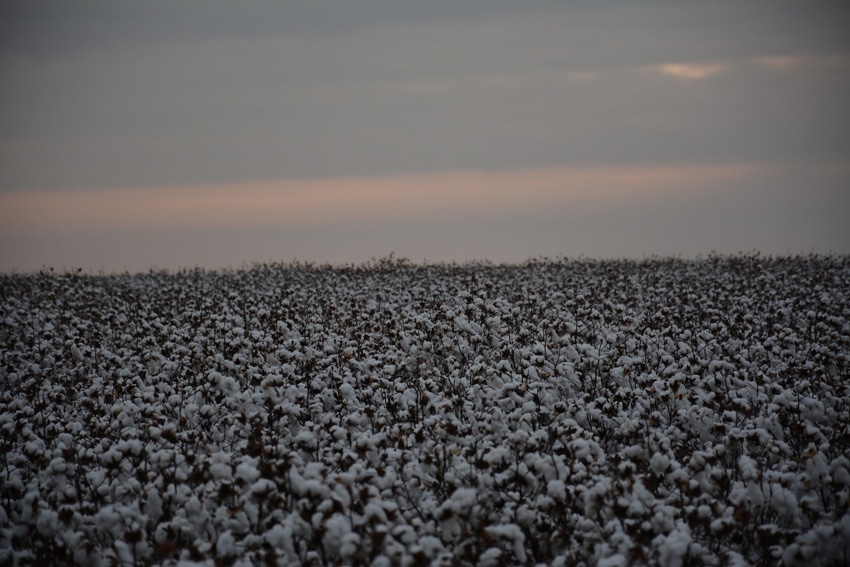
USDA’s November revisions to the 2017/18 U.S. cotton balance sheet included a healthy increase in projected U.S. cotton production. A big crop is sort of getting bigger.
Two big crop forecasts in August and September were followed by a downward revision in October. And the Texas forecast still has not explicitly accounted for Hurricane Harvey losses.
But when/if these losses are factored in, they may still be outweighed by a big crop getting bigger in West Texas. After slightly adjusting the “Unaccounted” fudge factor, projected U.S. ending stocks, as of November, rose from 5.8 million to 6.1 million bales, month-over-month.
The 2017/18 world cotton supply and demand adjustments by USDA were generally price supportive due to lower beginning stocks and greater consumption. Changes to both of these variables involved revising historical consumption estimates higher, which subsequently affected ending stocks and carry-in for a number of countries.
NEW GOVERNMENT DATA
These types of revisions are not common. The USDA’s explanation was that “…new government data resulted in upward revisions to consumption, going back as much as 10 years, in Argentina, Uzbekistan, and Bangladesh. With these historical revisions, world consumption over the past three years was raised more than 400,000 bales each year, so a large portion of this month’s increase in expected 2017/18 consumption reflects an upward shift in the historical data. Historical estimates of world trade were also reduced over the past four years, largely due to lower estimated Uzbek exports.”
As a result of these historical revisions, 2017/18 world beginning stocks were reduced month-over-month in Argentina, Australia, and Uzbekistan. And also as a result, world 2017/18 consumption was 1.2 million bales higher month-over-month, and was concentrated in Uzbekistan, China, and Bangladesh.
Forecasted world trade was also impacted by the historical revisions, with a 400,000 bale reduction in Uzbek exports being partially offset by increases in Brazil and several other countries.
For all the tightening, the November adjustments also saw a 596,000 bale net gain in forecasted world production, with increases in China (+500,000 bales) and the U.S. (+260,000 bales), which outweighed a 200,000 bale reduction in Australia.
BULLS AND BEARS
The bottom line of all this was a 1.5 million bale reduction in 2017/18 world ending stocks. Such an adjustment would be price-supportive according to economic theory and history. In addition, a muted market response might also be expected due to the main source of the adjustments being historical revisions (which tend to be disliked by traders and analysts alike).
There was something in this report for both bulls and bears. The same is true for the near-term cotton market outlook. Things are shaping up as a tug of war between the big crop/excess production viewpoint and the good/improving demand viewpoint.
The outcome for U.S. export demand is more variable, in my opinion, since it is under the influence of U.S. quality supplies, foreign production, currency markets, trade relations, and general economic conditions. I think the big crop outcome is more certain — but it is still an unfolding story.
For additional thoughts on these and other cotton marketing topics, please visit my weekly on-line newsletter at http://agrilife.org/cottonmarketing/
About the Author(s)
You May Also Like




